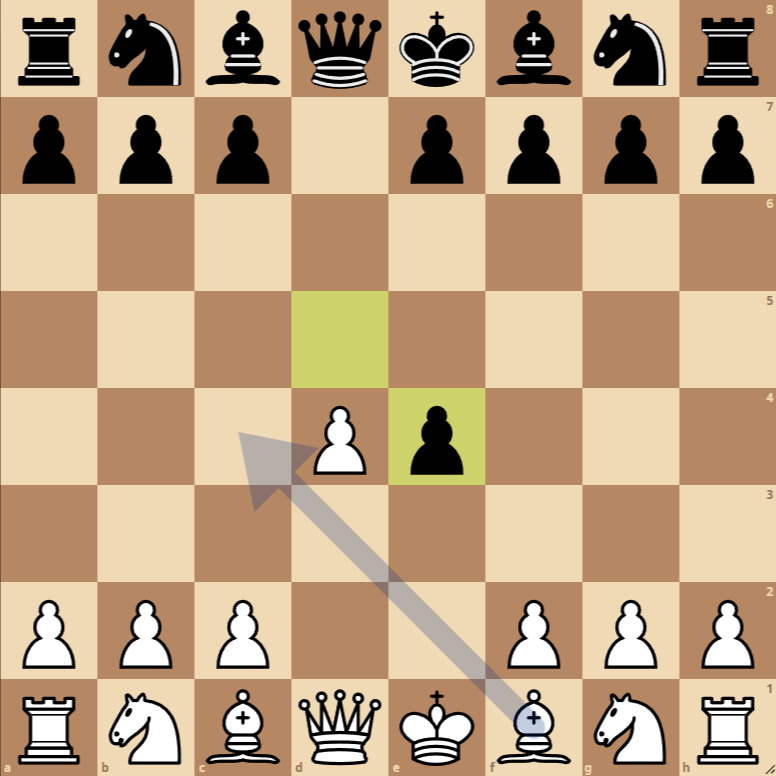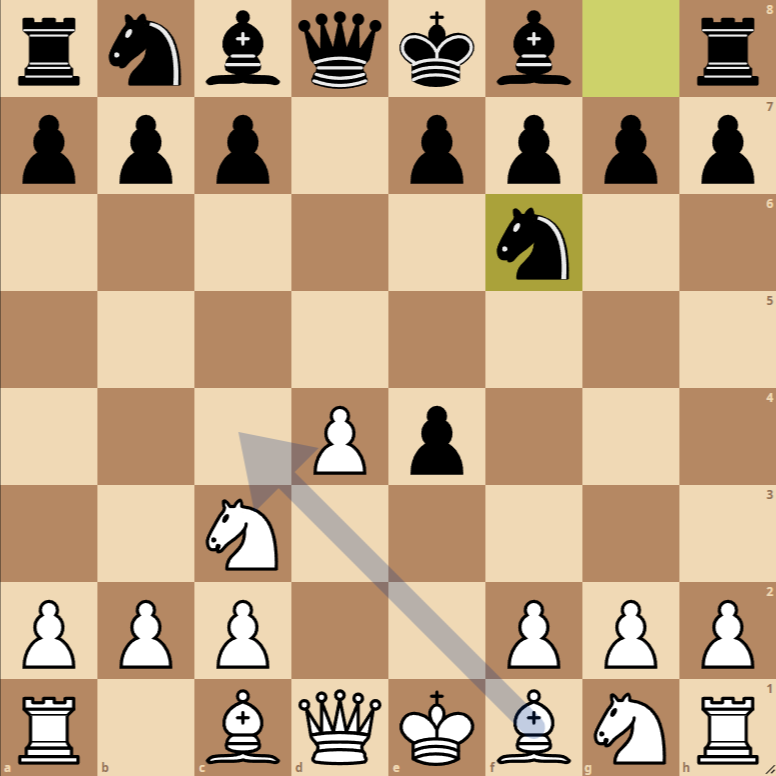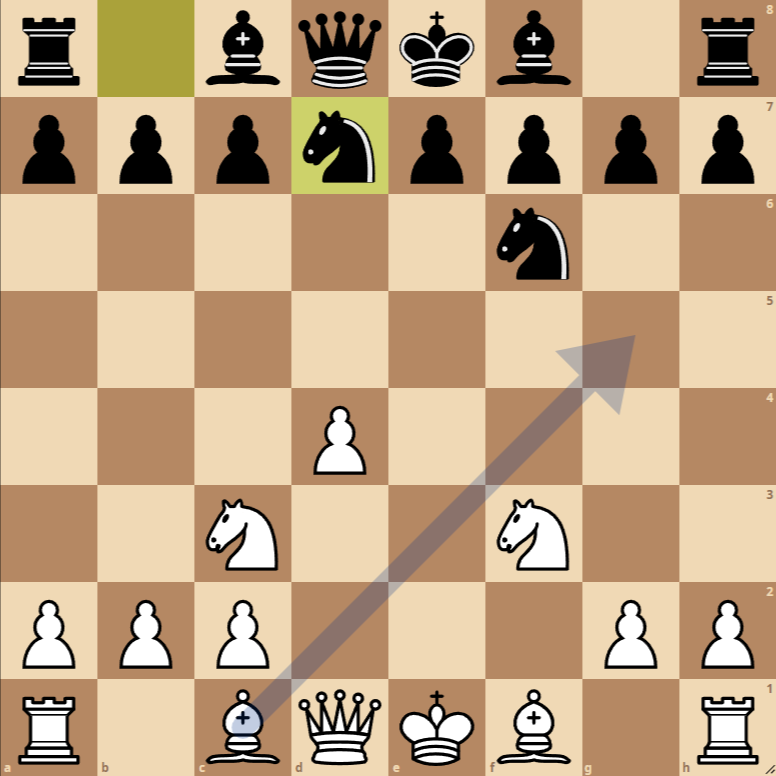The Blackmar-Diemer Opening



The opening that has developed after the moves 1. d4 d5 2. e4 dxe4 3. Nc3 Nf6 4. f3 exf3 5. Nxf3 Nbd7 is known as the Blackmar-Diemer Gambit, a bold choice by White that seeks to liven up the position and create attacking opportunities right from the start of the game.
The Schlutter Defense
The defense chosen by Black, known as the Schlutter Defense, is a solid response that accepts the gambit and challenges White to demonstrate compensation for the sacrificed pawn.
At this point in the opening, White has recaptured the sacrificed pawn and is ready to develop their minor pieces and seek the initiative. White’s options of Bc4, Bd3, and Bg5 have different strategic and tactical objectives:
- Bc4: This move aims to develop the bishop on a powerful diagonal, targeting the f7 square, which is traditionally a weak point in Black’s camp at the beginning of the game. This move also prepares kingside castling for White, contributing to the king’s safety and connecting the rooks.
- Bd3: By placing the bishop on d3, White directly targets the heart of Black’s position, with the possibility of launching an attack on the bishop or advancing the g pawn in the future to open lines toward the Black king. This move also facilitates the development of the dark-squared bishop and sets the stage for tactical maneuvers involving the knight on f3 and the queen.
- Bg5: This aggressive move has the immediate goal of pressuring the knight on f6, which is a key defender in Black’s position. Bg5 prepares the ground for tactical ideas, including sacrifices on f6 to dismantle Black’s king defense. It’s a provocative move that can force Black to make defensive decisions, such as h6, which in turn may weaken their pawn structure and expose the king to future attacks.
For Black, the goal in this phase of the opening is to complete the development of their pieces while maintaining the solidity of their pawn structure and aiming to counterplay in the center and kingside. Moves like e6, to open up the diagonal for the dark-squared bishop, c6 to control the center and prepare for possible expansion with …e5, or Be7 followed by O-O to ensure king safety, are key considerations.
Both sides should be alert to tactical opportunities, such as pins, double attacks, and sacrifices, that may arise as they advance their strategic plans. The key for White is to maintain the initiative and actively seek opportunities to attack, while Black should be cautious and effectively counter any overextension by their opponent.

